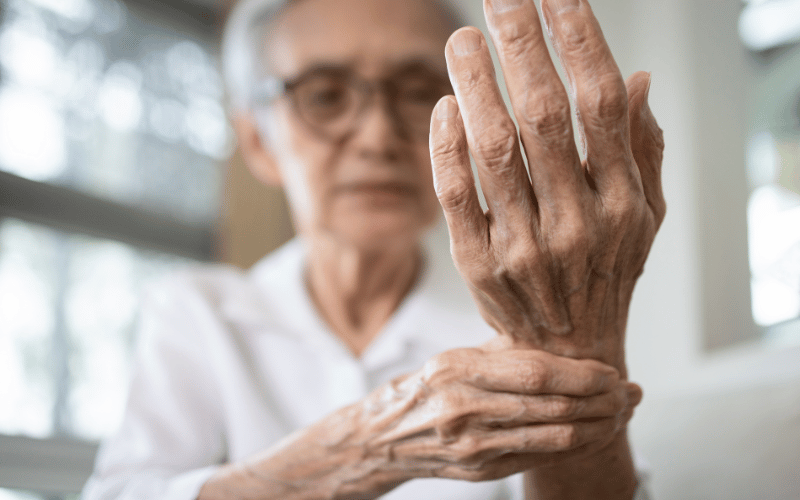Symptom 8: Numbness or Weakness – Unwanted Body Invaders

Numbness and weakness are often the tell-tale signs of RRMS, making themselves known sometimes even before a formal diagnosis is made. These symptoms often affect one side of the body or one part of the body at a time, like a leg, a hand, or half of the face.
The numbness can feel like pins and needles, a sensation of “falling asleep,” or just a lack of sensation altogether. Weakness, on the other hand, can make it difficult to carry out everyday tasks, like lifting objects, walking, or even standing, depending on the area affected.
These symptoms can significantly impact daily living, creating physical limitations and often leading to frustration. They can affect everything from mobility to the ability to complete simple tasks, such as buttoning a shirt or holding a cup.
Physical therapy can be a critical component in managing these symptoms. Regular exercises and stretching can help manage symptoms, improve muscle strength and mobility, and even improve coordination. In some cases, medications may also be prescribed to manage the pain associated with these symptoms.(8)